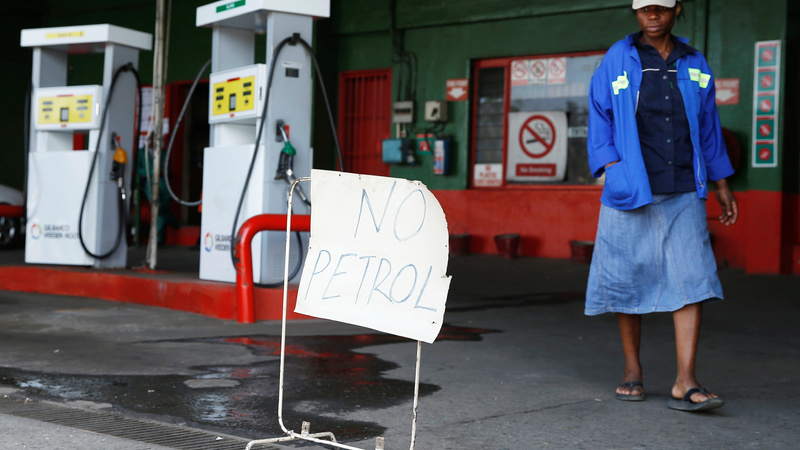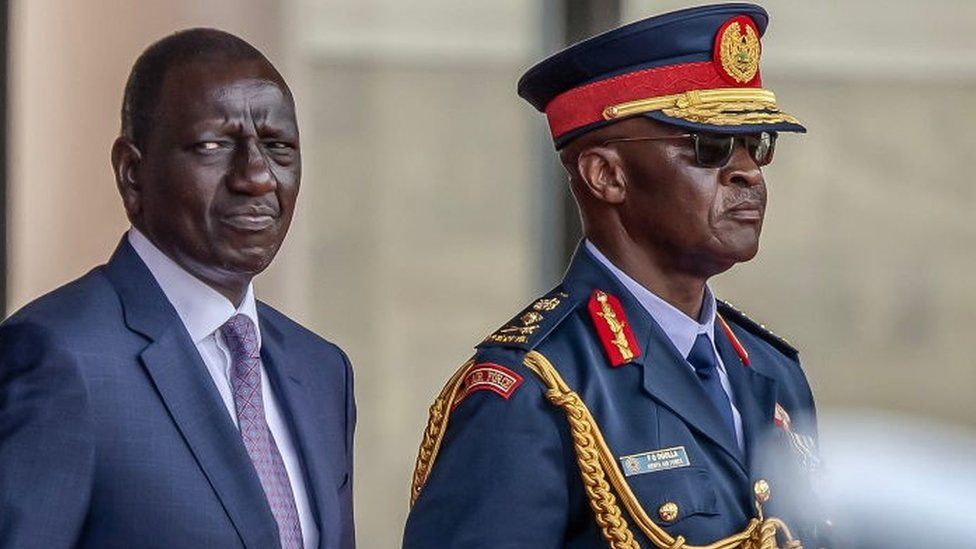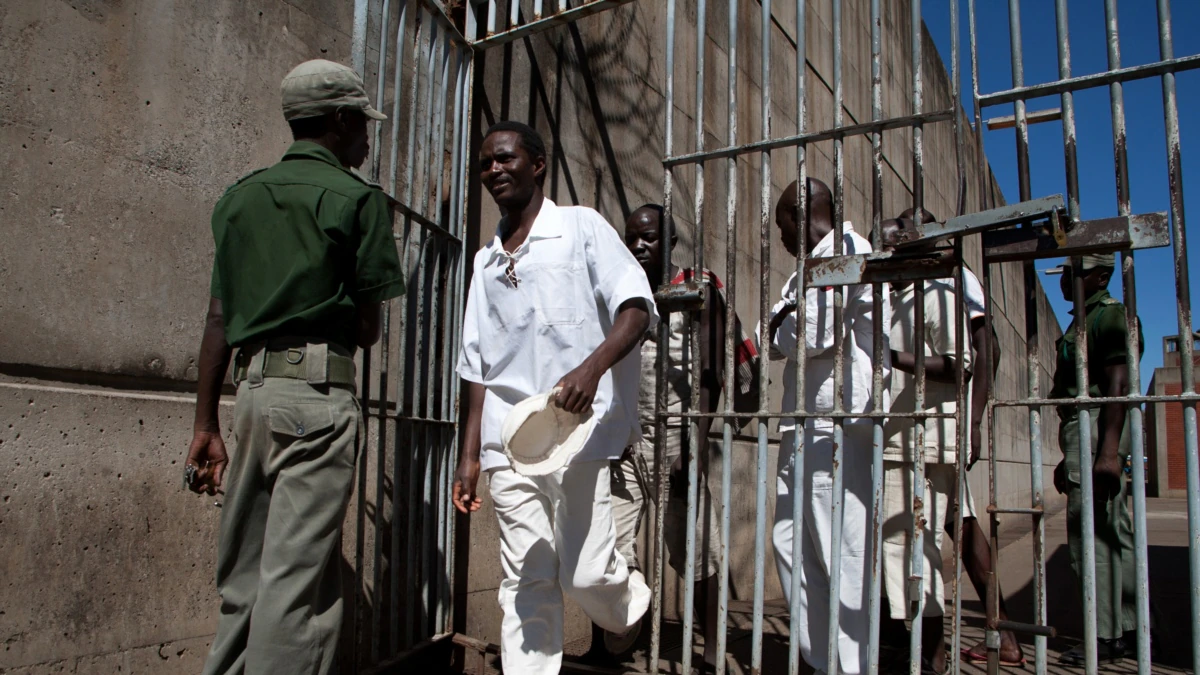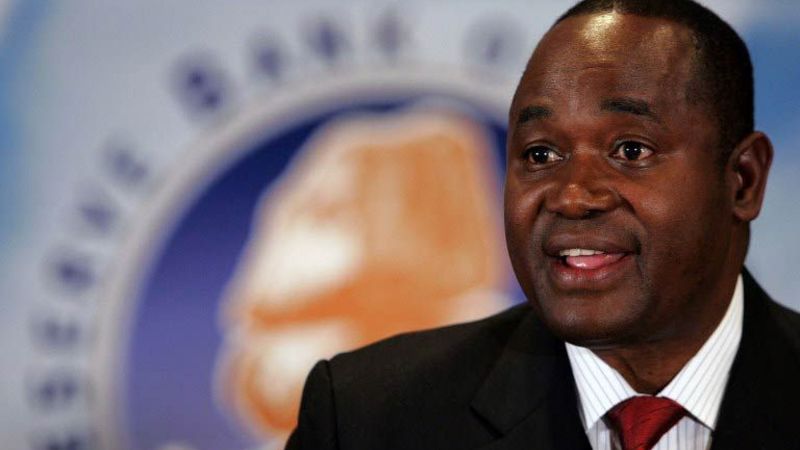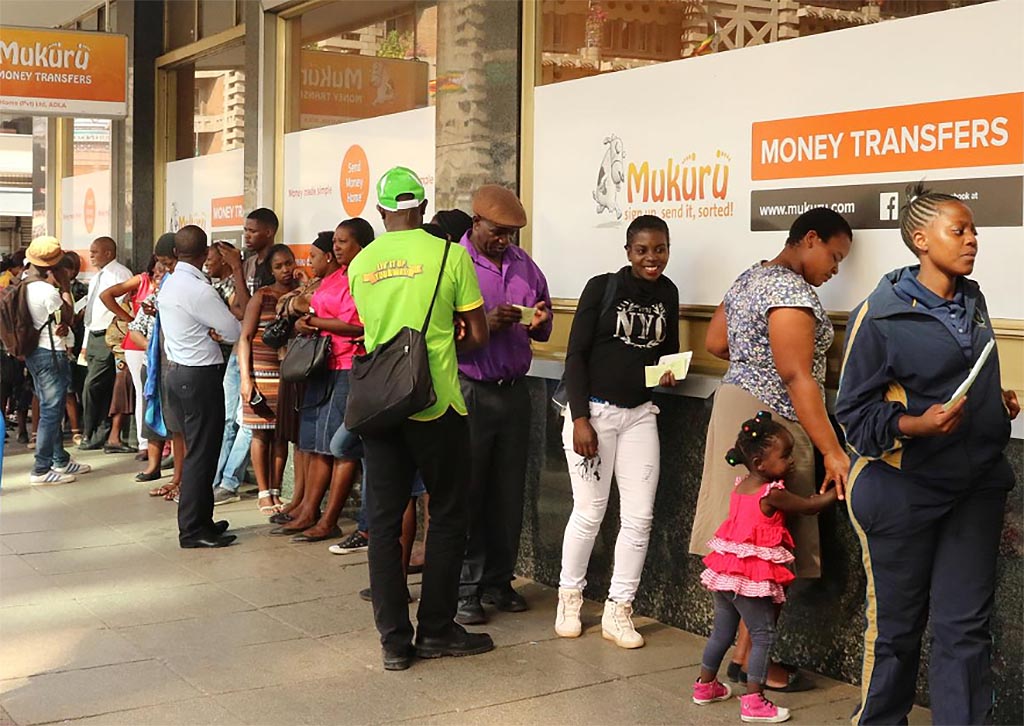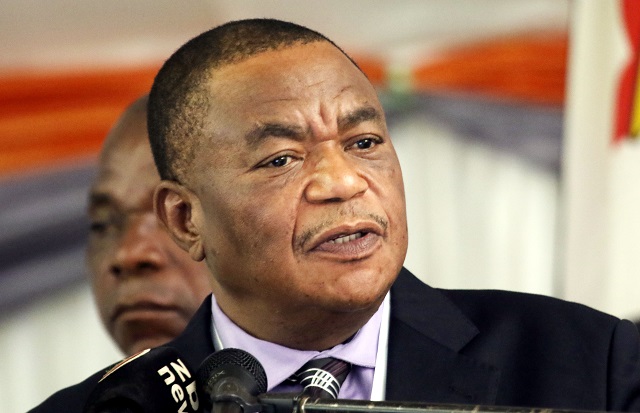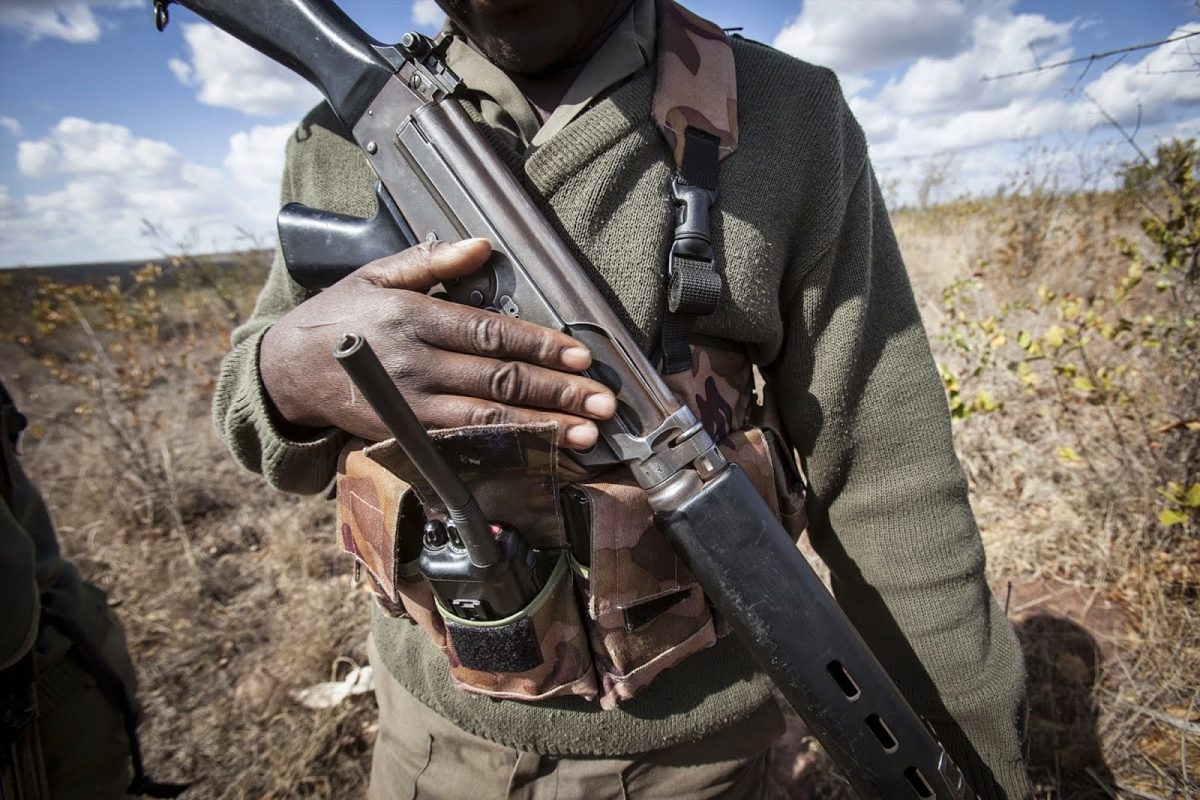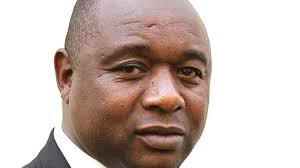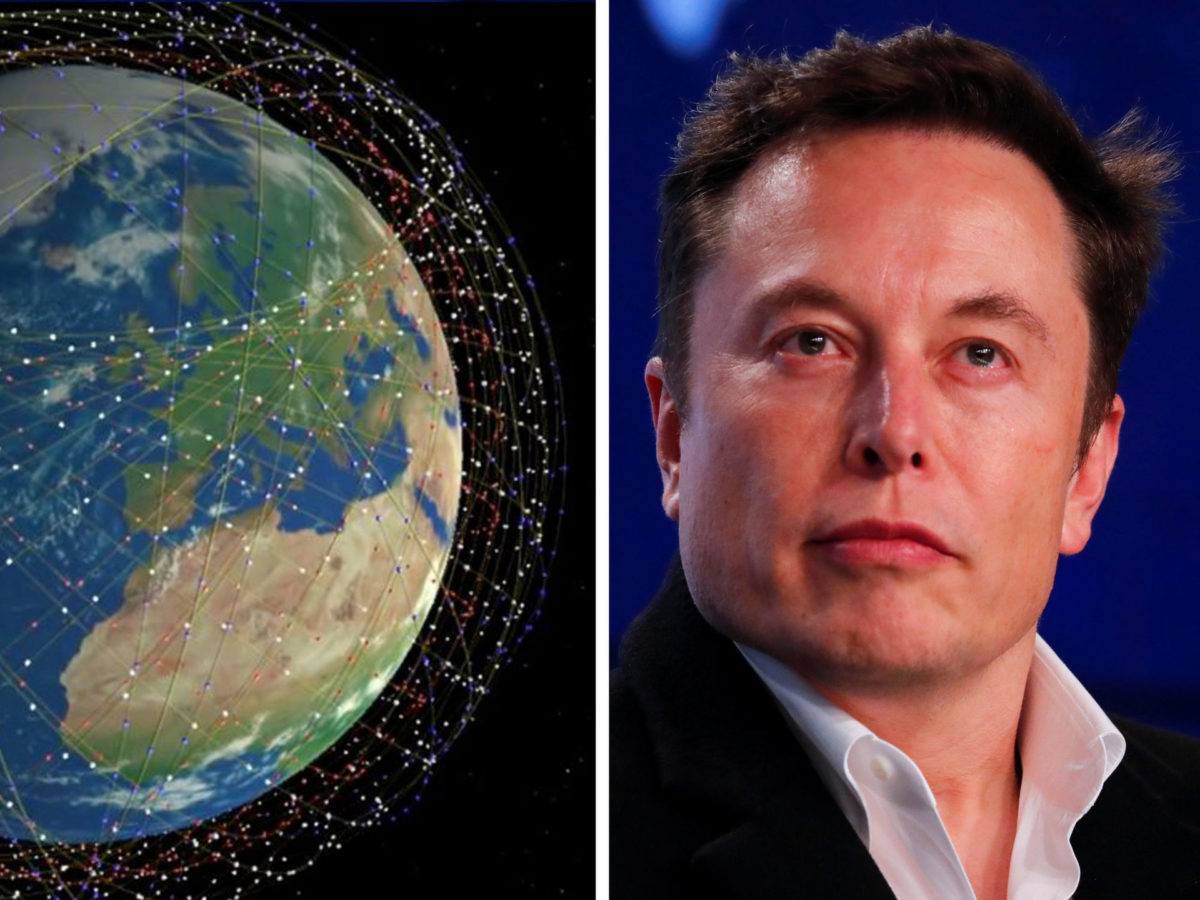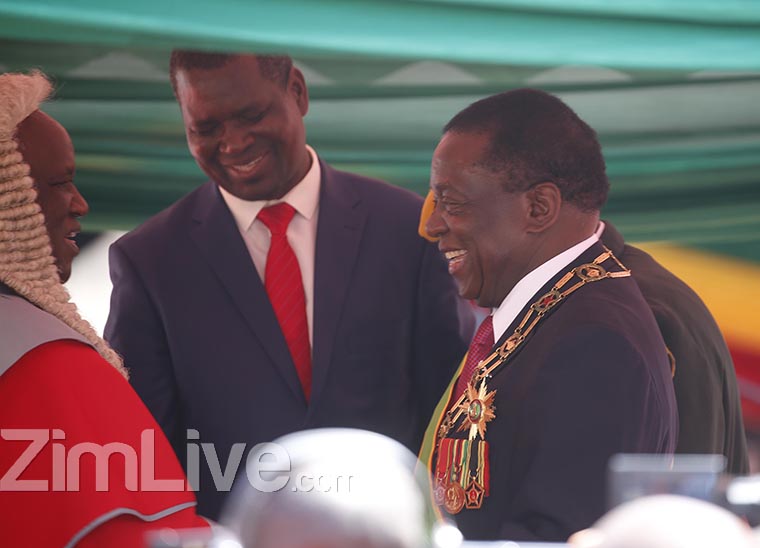HARARE – Zimbabwe’s annual inflation rose to 5.39 percent in September, the Zimbabwe National Statistics Agency said on Monday, its highest in the post-dollarisation era.
Month-on-month, inflation stood at 0.92 percent after gaining 0.53 percentage points from 0.39 percent in August, said Zimstat.
After hyperinflation rendered its currency worthless, Zimbabwe switched to mainly the US dollar and the highest rate of inflation recorded since then was 5.3 percent in May 2010.
Economists, however, believe the figure is grossly understated.
Steve H. Hanke, a professor of applied economics at Johns Hopkins University, says in the period to October 12, inflation was at 155,8 percent.
The International Monetary Fund has forecast a year end rate of 6,3 percent.
Zimbabweans were optimistic about an economic revival when the military ousted former President Robert Mugabe in November after almost four decades in power. That’s going to take time and will “entail pain and the need for sacrificing short-term gains for longer-term prosperity,” according to Finance Minister Mthuli Ncube, who President Emmerson Mnangagwa appointed last month to attract foreign investment, reduce mass unemployment and narrow a gaping fiscal deficit.
Ncube introduced a tax increase on money transfers last week to try to stabilise the government’s finances. The announcement triggered a rise in basic-commodity prices, stoking fears of an inflationary spiral and leading to queues at petrol stations.
The country’s quasi-currency, the bond note, has plunged in value. Bond notes were introduced two years ago and were meant to represent the value of one dollar.
